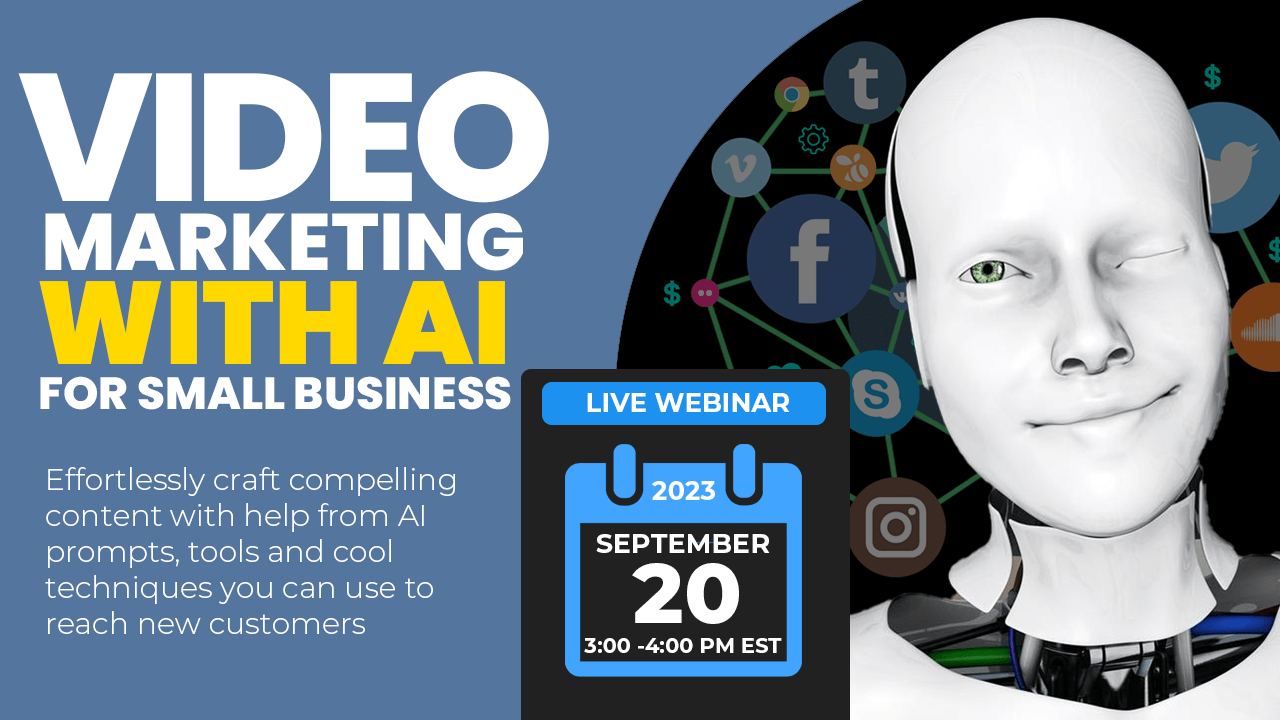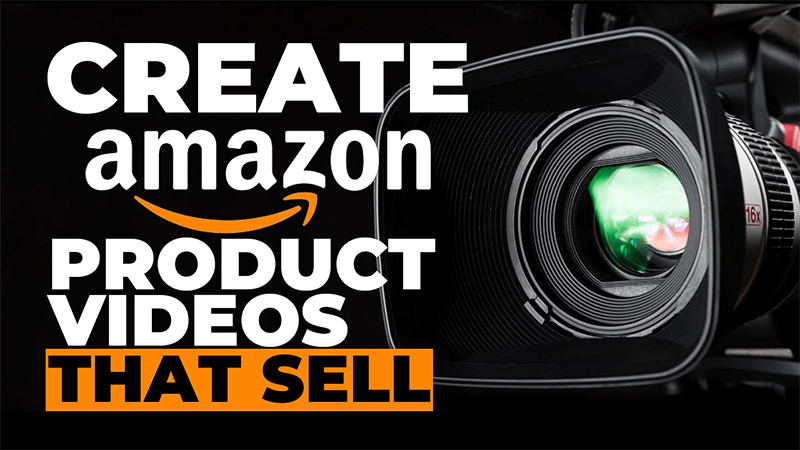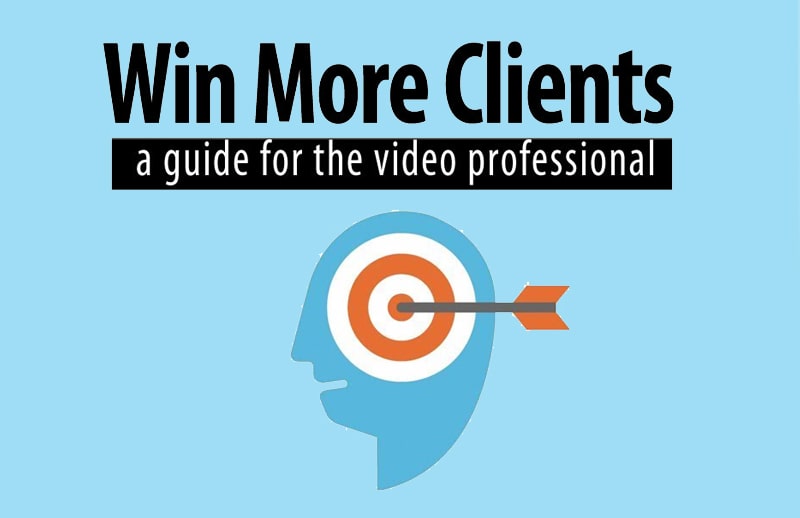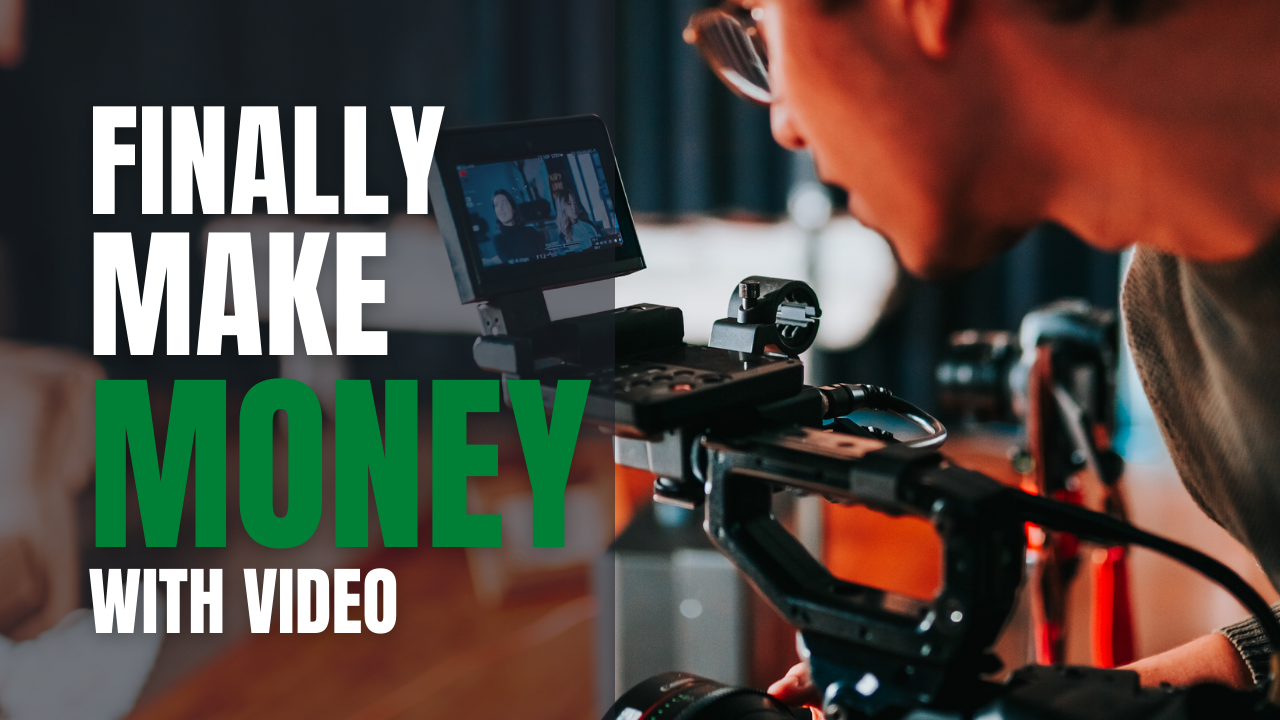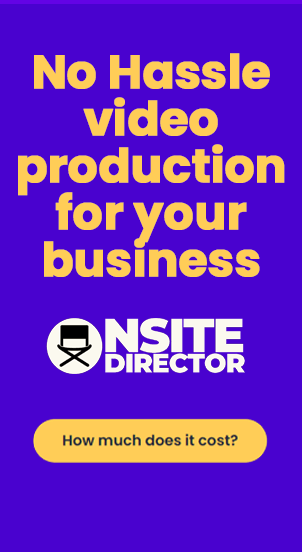Bill asks: Should talent be looking into the camera? When should they look left or right? are there rules?
The direction that your subject looks when on camera can have a profound impact upon an image so give it careful consideration. Many different poses can work and will alter the mood and focal point considerably.
The key is to know what you’re wanting to achieve and to experiment with different set ups to get those results.
I don’t know about you but someone in a Zoom call who is looking down at you is annoying.
As human beings, we seek other people’s face and gaze. We read emotions, intention, reaction and attention from them. But when you look into someone’s eyes in a video chat such as Zoom, they see you looking downwards, not at them.
Looking into the camera ensures that others sees the ‘entire’ you, and perceive you as really paying attention. This is especially important at introductions and when emphasizing something.
Coaches, consultants, therapists and other service businesses can now create a personal connection with their clients who are on the other end of a Zoom call simply by looking into the camera.
If your subject is looking directly at the camera it’s hard not to look at them – they become the focal point
Sometimes when a subject looks directly at the camera it can create discomfort or tension for the viewer of the image – it can be a very strong and confronting pose. This is not necessarily bad – in fact it can really make the shot quite powerful – but it is something to be aware of.
Is it normal to have a conversation with someone and they’re looking over to the right of you instead of at you?
I’m right in front of you! What the hell are you looking at?
It’s distracting.
Instead of ranting let’s get all professional with some down and dirty rules of thumb on where your talent really should be looking:
When on television
If the purpose of your person on camera is to speak directly to your viewing audience then they should look directly into the camera. If the person on camera is demonstrating something or being interviewed by a 3rd party then they should be looking off camera or at the person they are interacting with.
Examples:
If you are producing something like a news program where a on camera talent is speaking to the viewing audience as of they were in the room, then they would be looking directly into the camera lens. It would not be as effective to have them speaking off camera because instead of feeling like we are being spoken to directly we would feel more like a bystander listening in on a conversation. This formula also goes for lots of programs like “This Old House” or Mike Roes “Dirty Jobs”.
If your projects is something more of a documentary or a narrative piece then the viewing audience is more of a observer collecting information by watching interactions between other people. If you have a client who is giving a testimonial about your business, then most likely you will have them looking away from the camera, looking towards a interviewing person of some sort. We are gathering information about what they are talking about by listening to a conversation they are having with a interviewer (whether we ever see the interviewer or not.) It would be awkward to have the client replying to questions that seem to be asked by a interviewer but all the while looking into the camera.
Another example might be a documentary where we are involved with a situation but none of the talent ever look at the camera. This way we feel that we are not interfering with the situation but just a fly on the wall.
The last example would be a combination of the two. Take a show like Extreme Home Make Over sometimes they are looking into the camera and other times they are interacting with the people around them like the cameras aren’t even there. Once again it all comes down to what the purpose of each person is. It’s ok for an on camera host to turn and speak directly to the camera if they want their audience to pay special attention to something, or to introduce a guest to the show. Then it’s equally fine for them to then turn and pretend the cameras are not there and just interact with the people around him. A host is kind of like a go between for your viewing audience and the world that is being shown through the camera.
When online
Online video is a much more intimate experience. After all, it’s really just the viewer and the talent. They should never look away from the camera – never.
Talent that looks at any point outside of the center of the frame will make your viewer feel left out. They will always be curious about what’s catching your talent’s interest. Not making eye contact with the camera is not making eye contact with your viewer – it’s rude.
So the subject should always look at the camera. After all, that’s who you’re making the video for, right?
Conclusion:
So really at the end of the day it comes down to the purpose of the person in front of the camera. Who are they talking to, what kind of relationship are they supposed to have with the viewing audience. Do what feels right. The last thing I will say is that if you have decided on one (looking at the camera vs not looking at the camera) then stick with it. There is nothing more distracting in a interview where the person on camera is flicking their eyes from the camera back to the interviewer.

